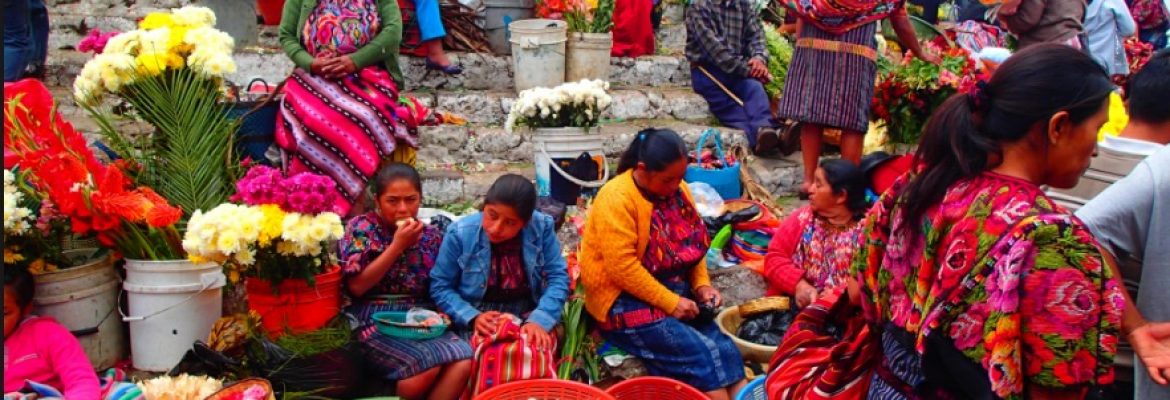Surrounded by valleys, with mountains serrating the horizons, Chichicastenango can seem isolated in time and space from the rest of Guatemala. When its narrow cobbled streets and red-tiled roofs are enveloped in mist, as they often are, it can seem magical. The crowds of crafts vendors and tour groups who flock in for the huge Thursday and Sunday markets give the place a much worldlier, commercial atmosphere, but Chichi remains beautiful and interesting, with lots of shamanistic and ceremonial overtones. Masheños (citizens of Chichicastenango) are famous for their adherence to pre-Christian religious beliefs and ceremonies. If you have a choice of days, come for the Sunday market rather than the Thursday one, as the cofradías (Mayan religious brotherhoods) often hold processions in and around the church of Santo Tomás on Sunday.
Chichi has two religious and governmental establishments. On the one hand, the Catholic Church and the Republic of Guatemala appoint priests and town officials; on the other, the indigenous people elect their own religious and civil officers to manage local matters, with a separate council and mayor, and a court that decides cases involving only local indigenous people.
Once called Chaviar, Chichi was an important Kaqchiquel trading town long before the Spanish conquest. In the 15th century the Kaqchiquel and the K’iche’ (based at K’umarcaaj near present-day Santa Cruz del Quiché, 20km north) went to war. The Kaqchiquel abandoned Chaviar and moved their headquarters to the more defensible Iximché. When the Spanish conquered K’umarcaaj in 1524, many of its residents fled to Chaviar, which they renamed Chugüilá (Above the Nettles) and Tziguan Tinamit (Surrounded by Canyons). These are the names still used by the K’iche’ Maya, although everyone else calls the place Chichicastenango, a name given by the Spaniards’ Mexican allies.


